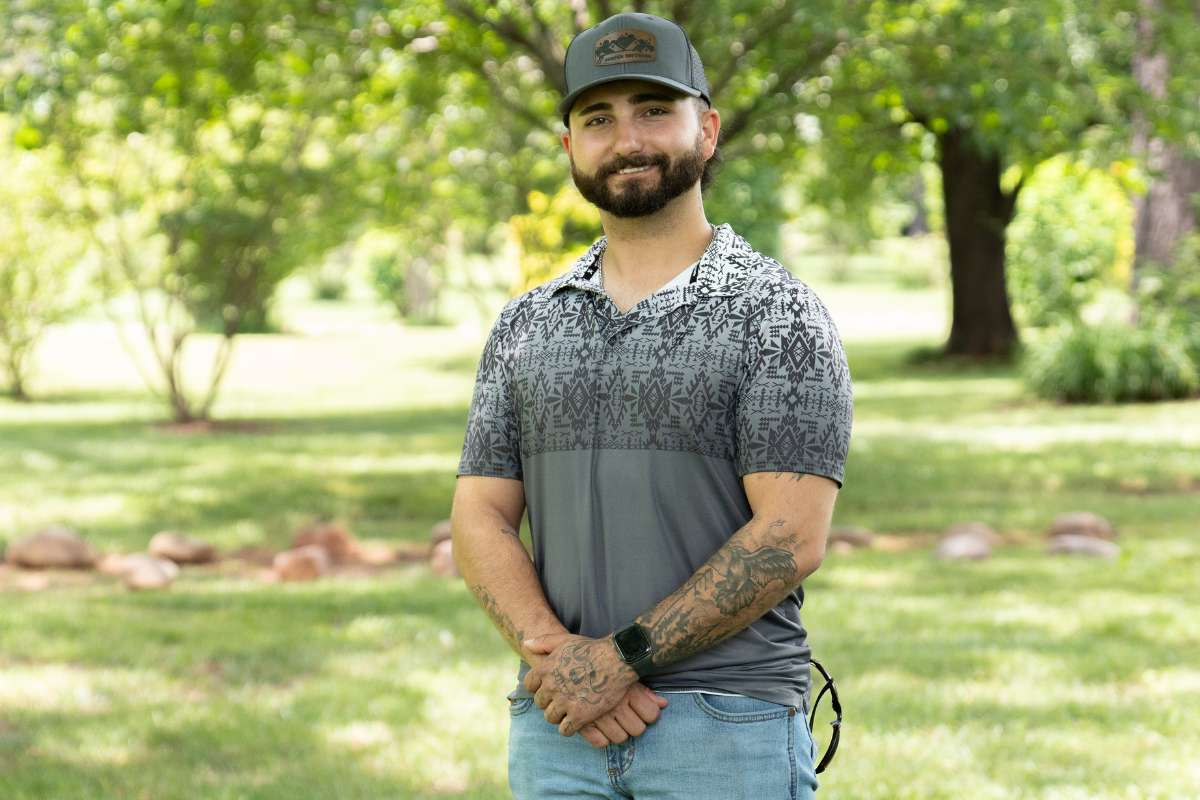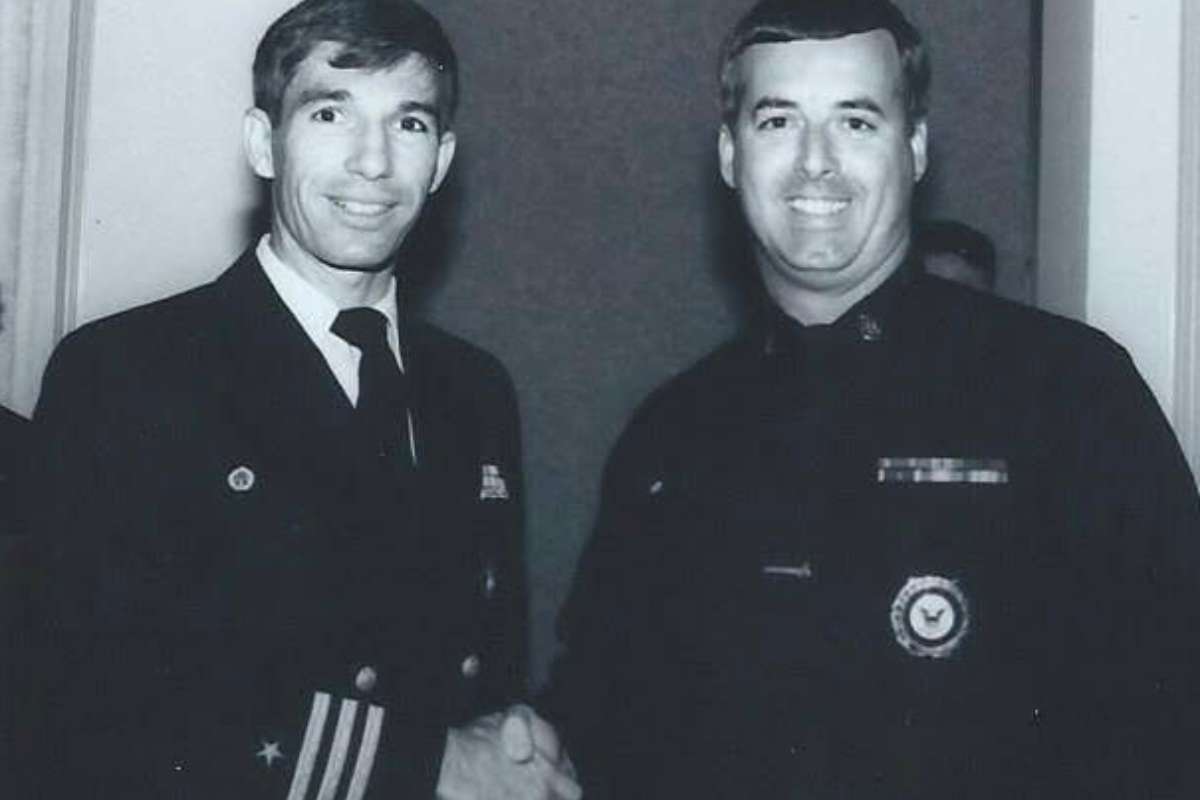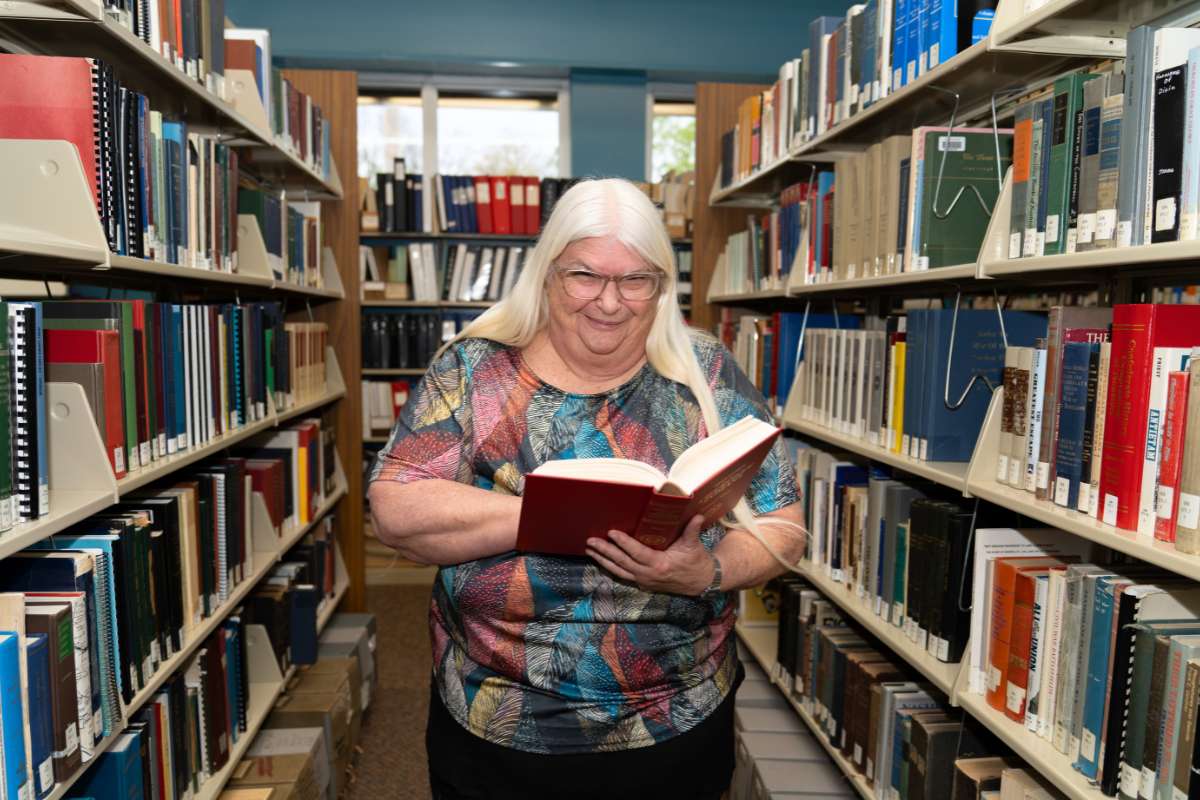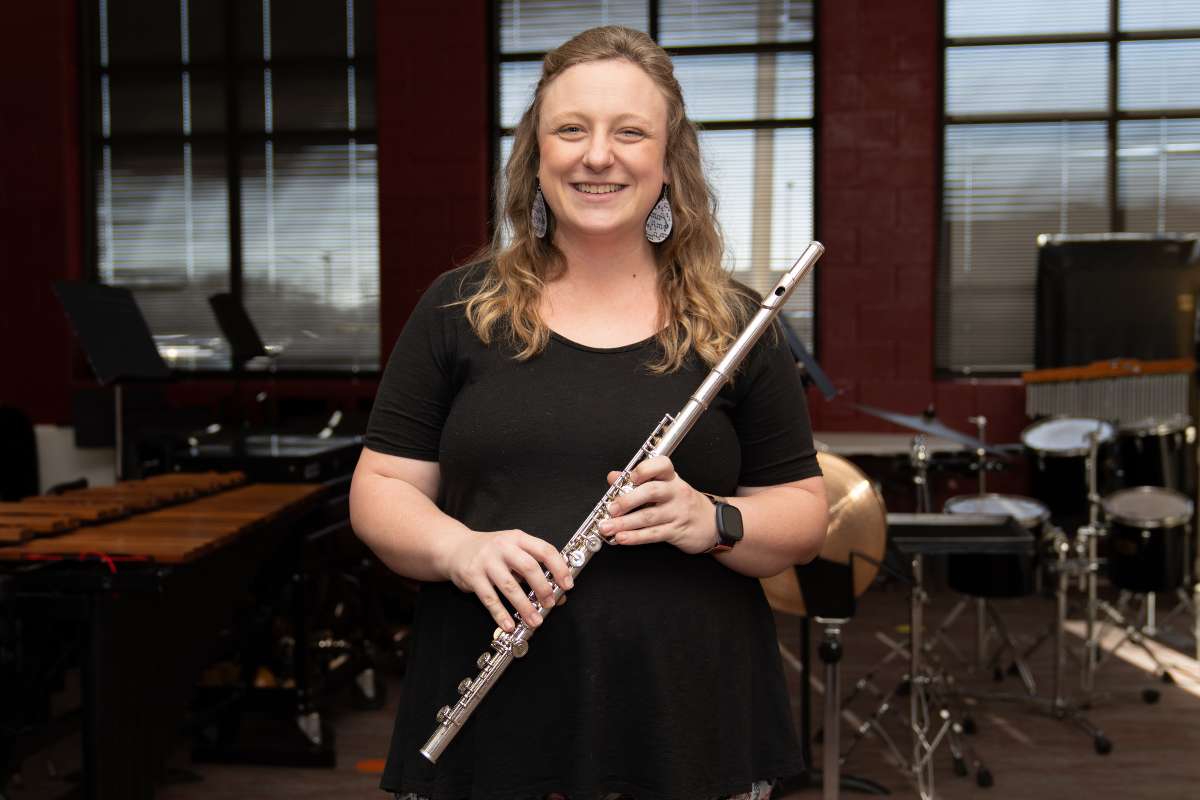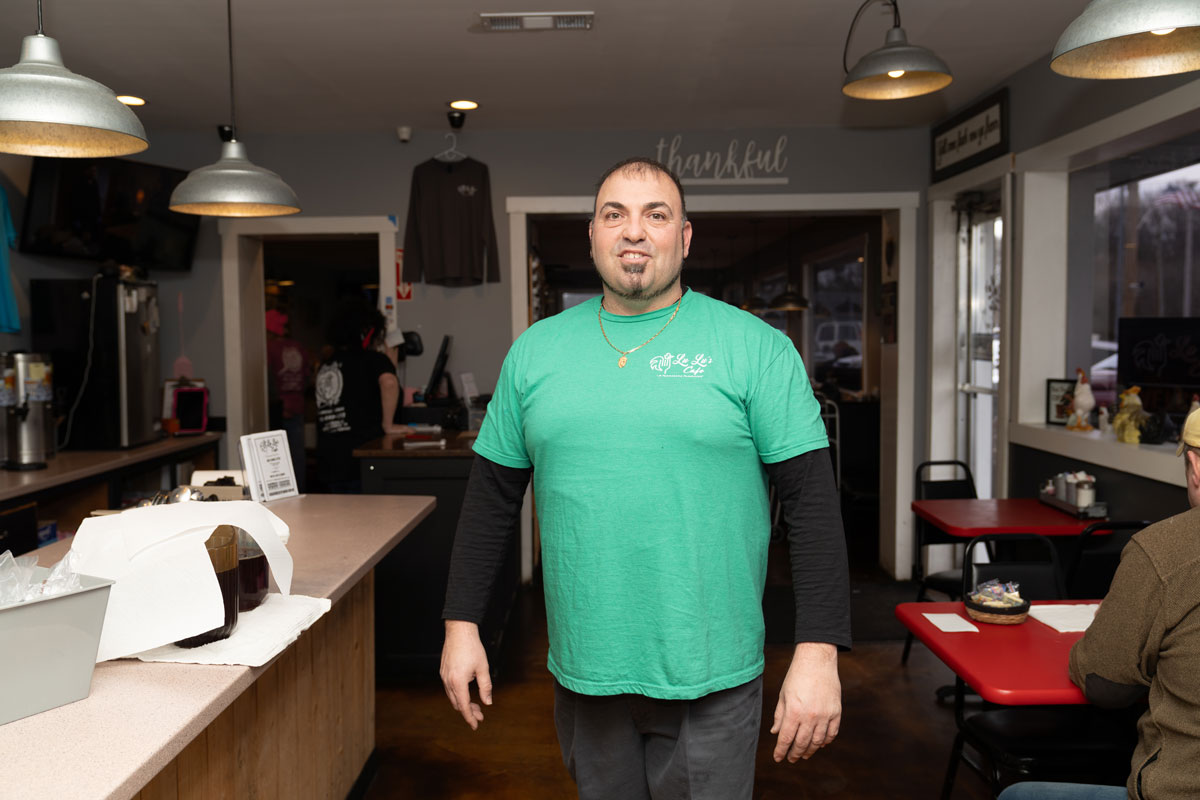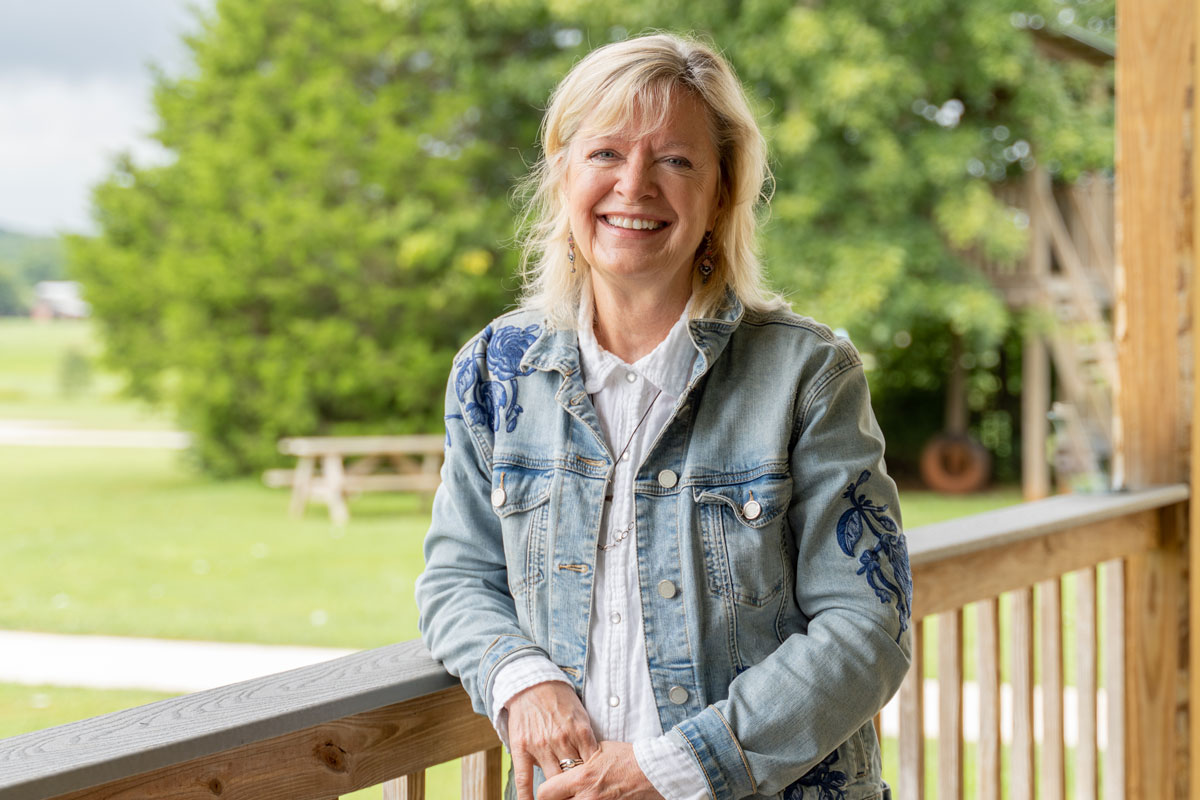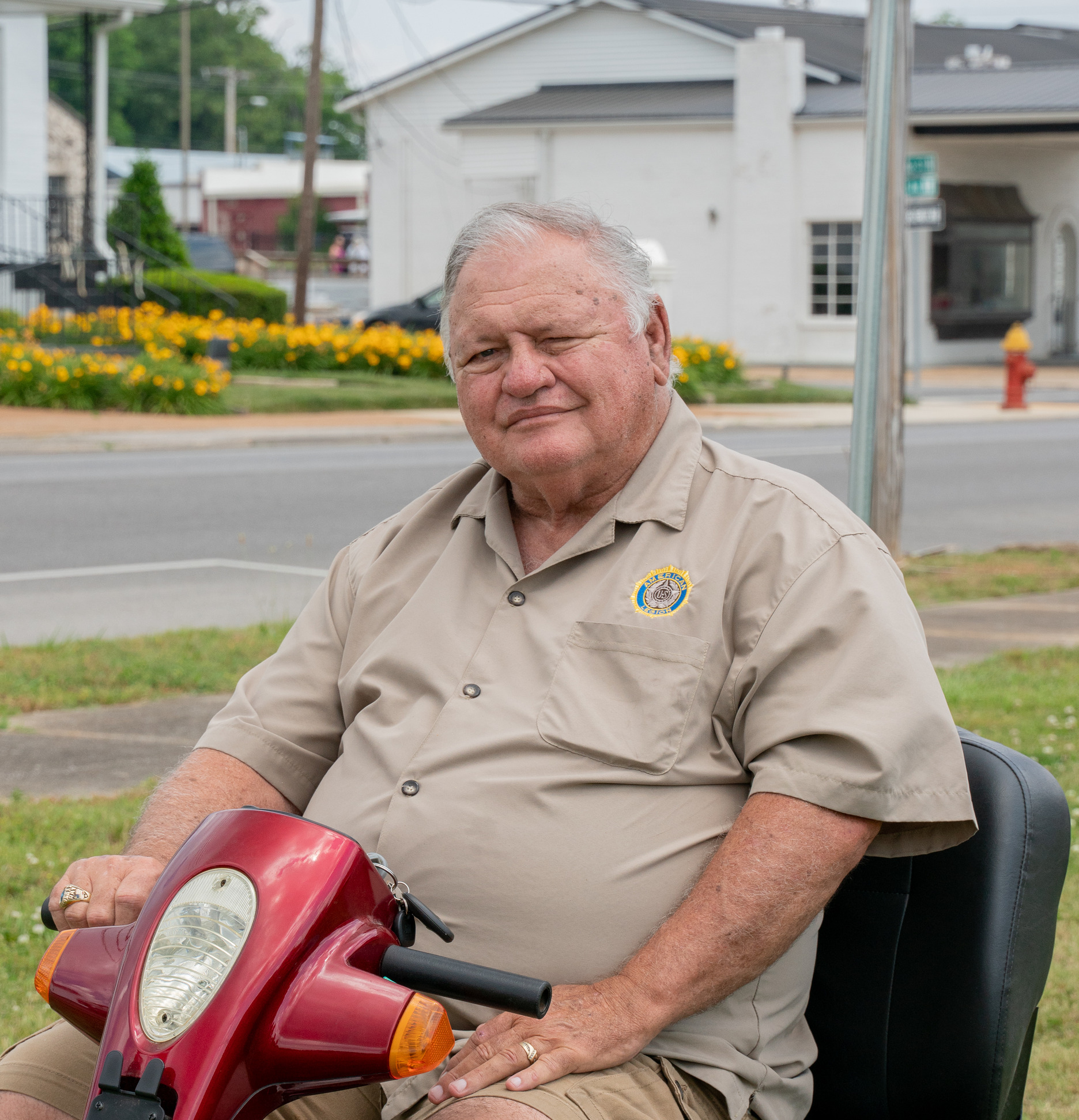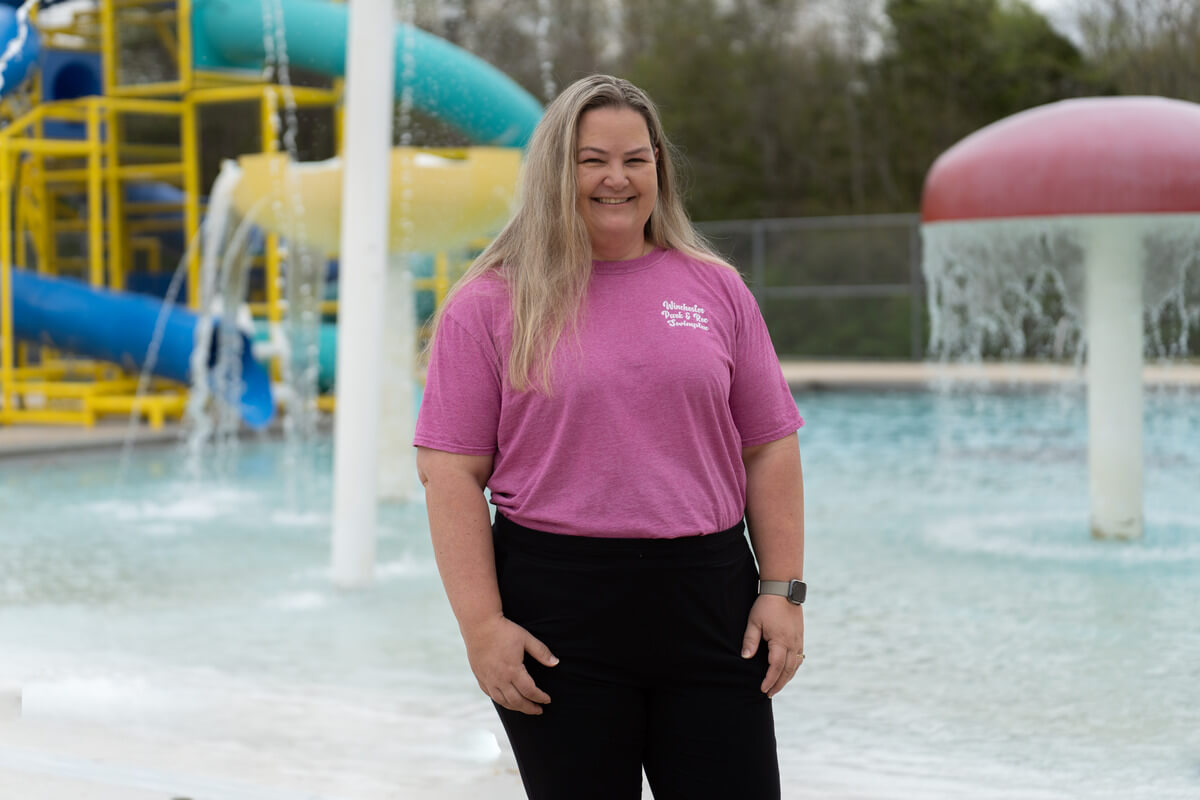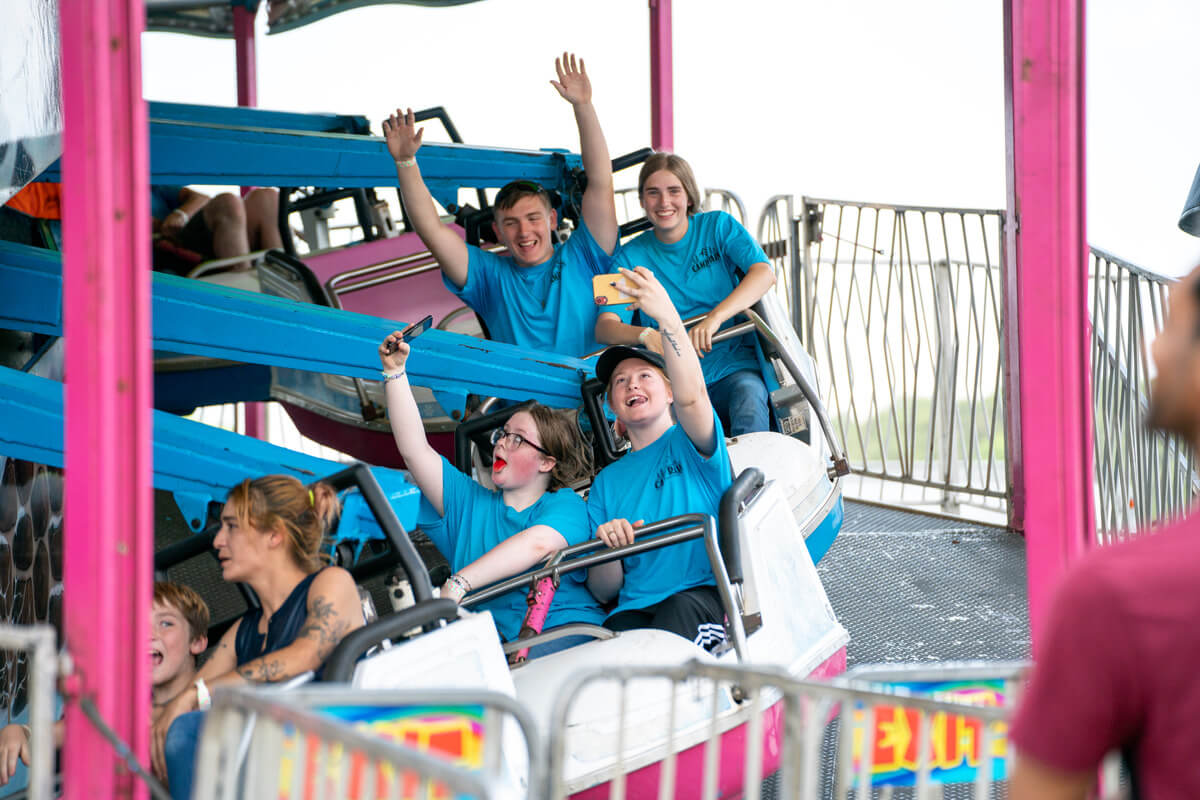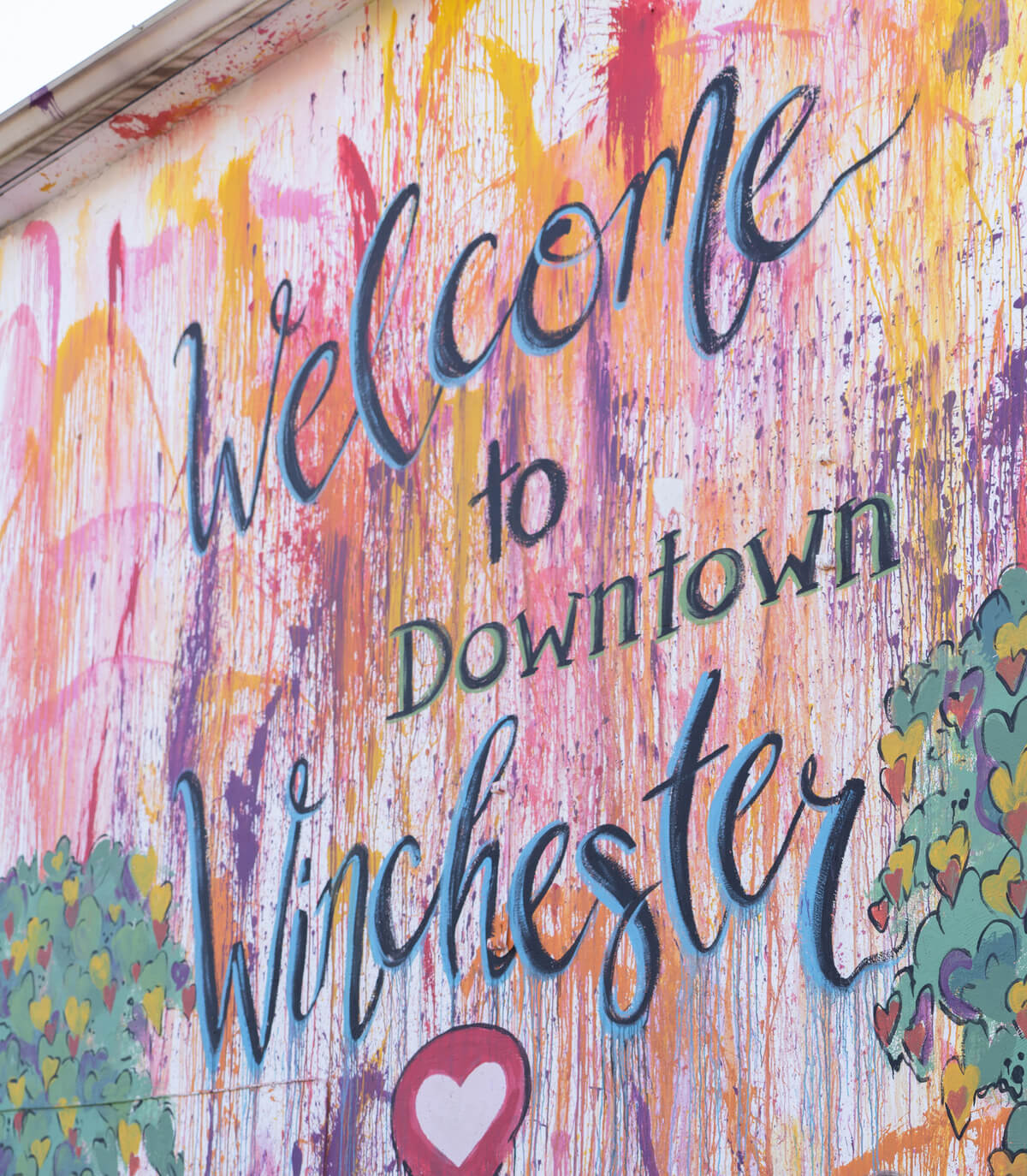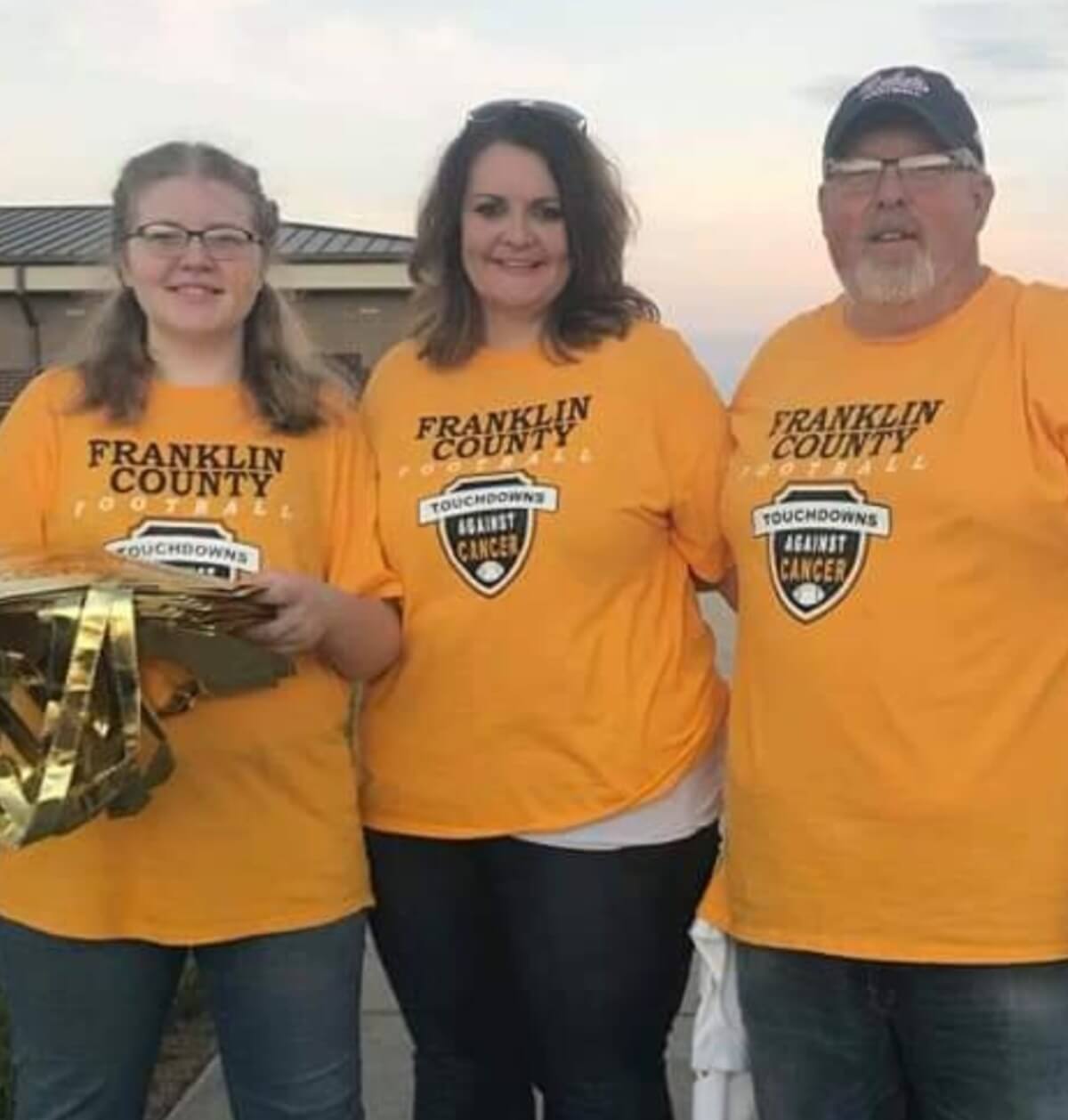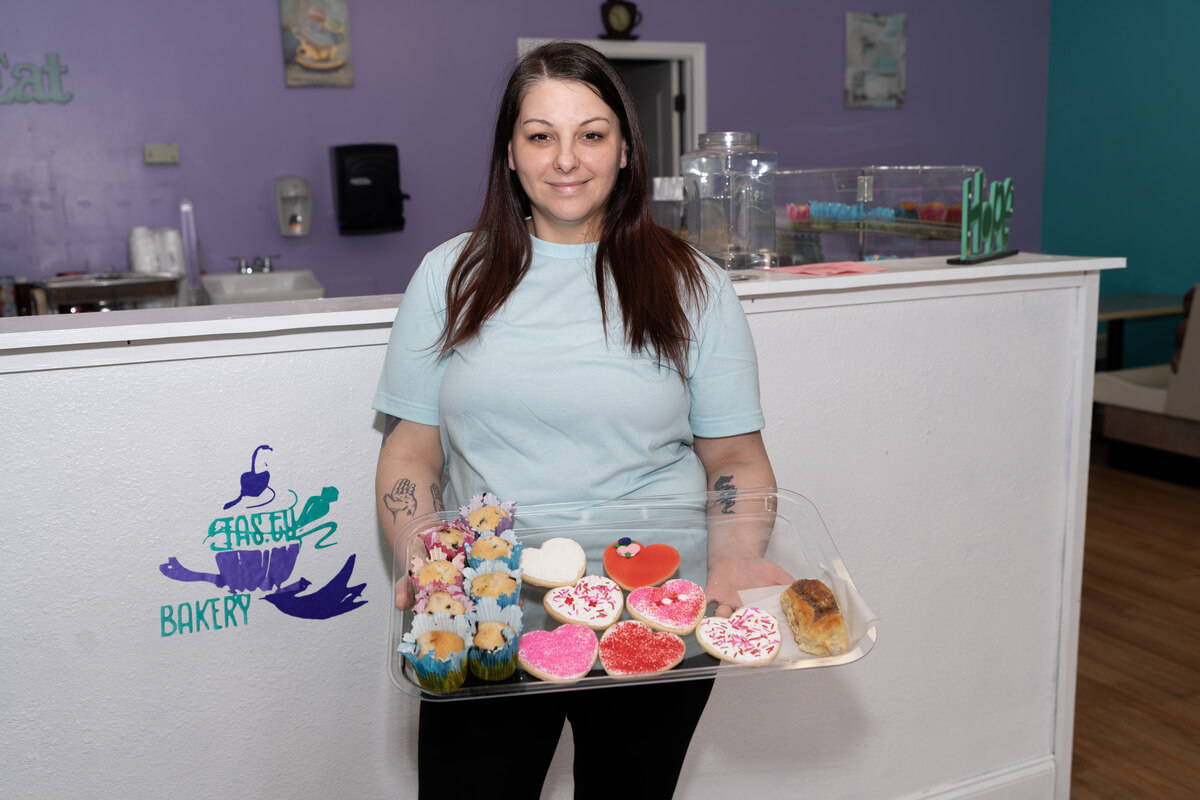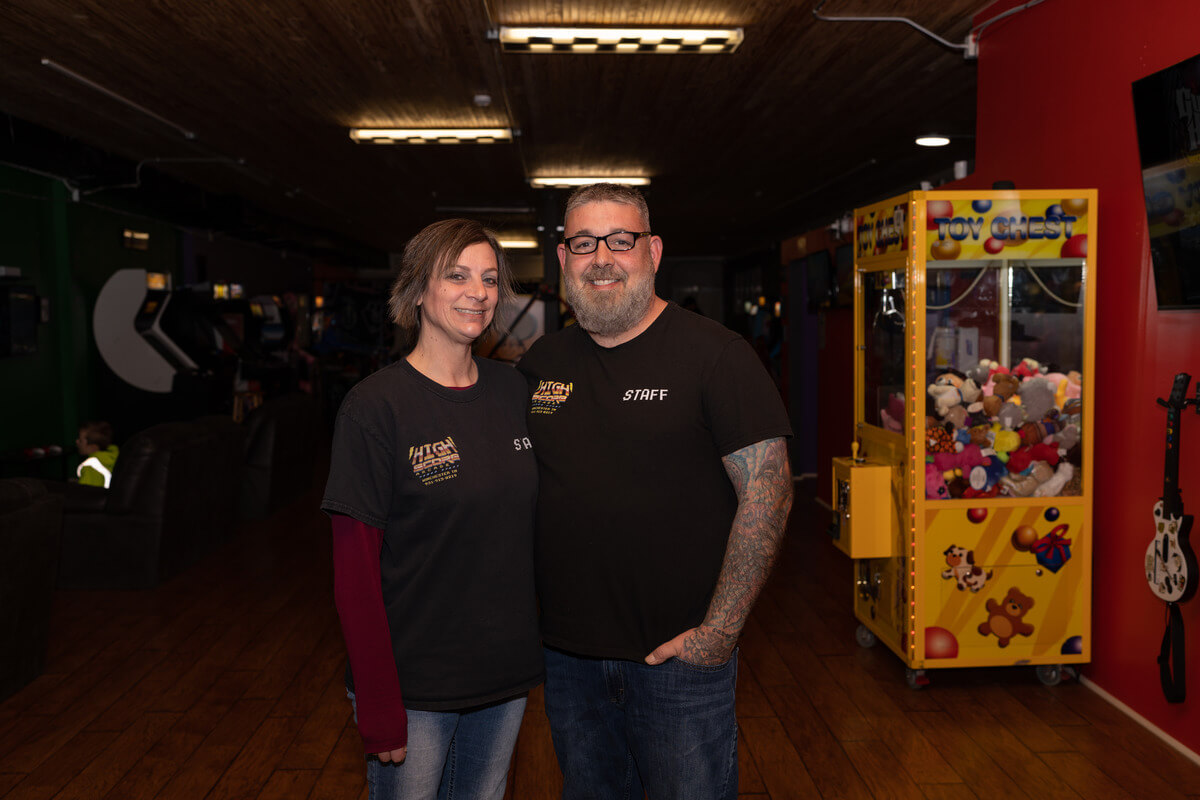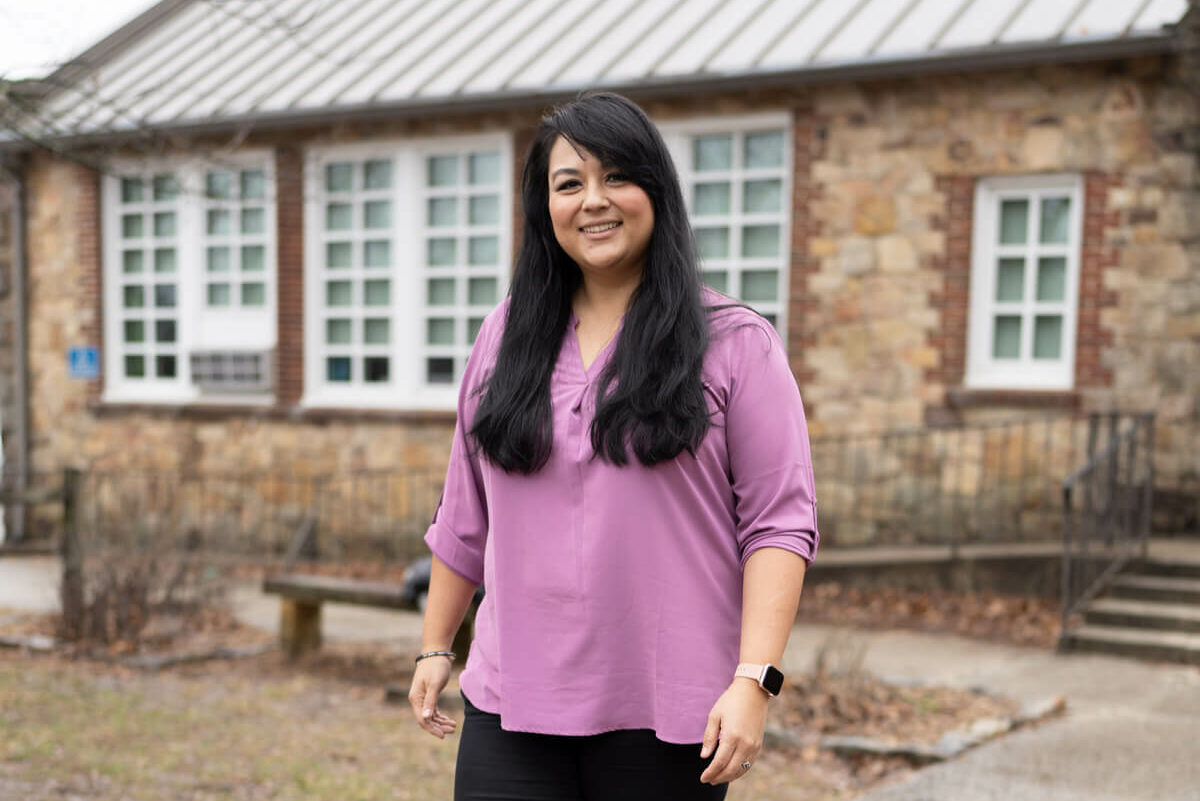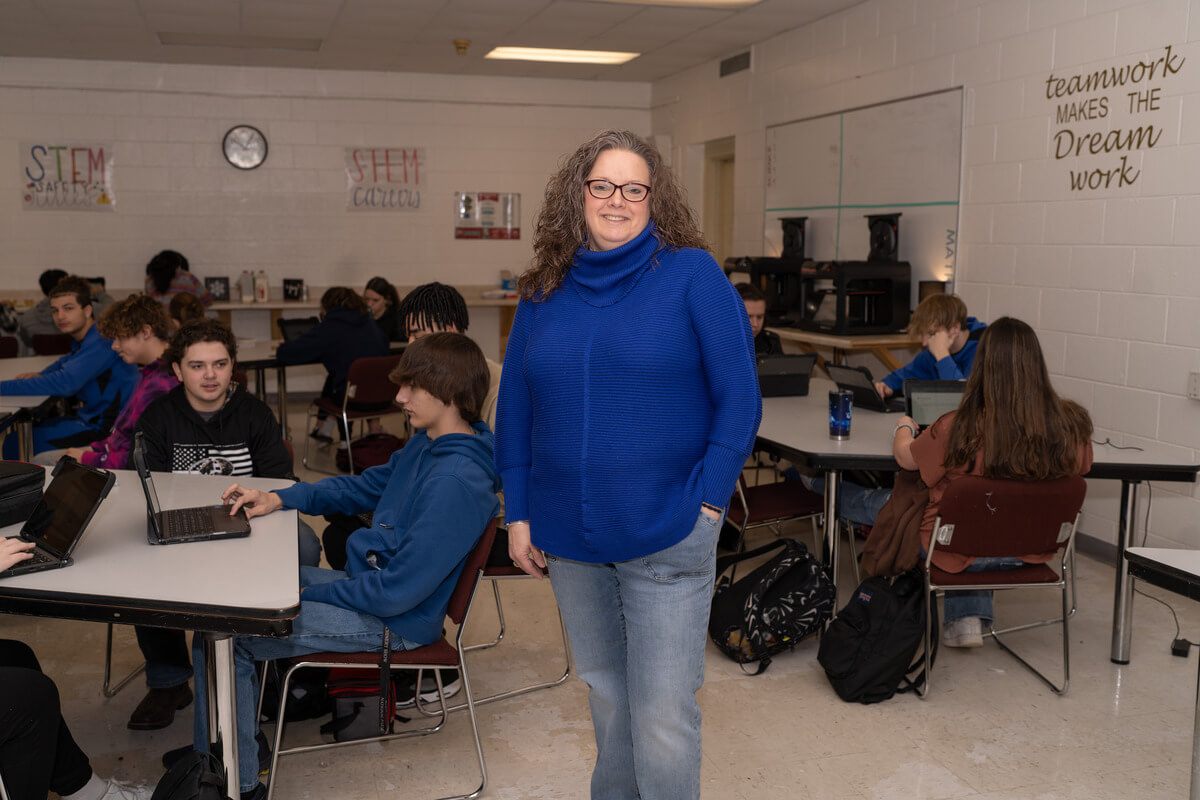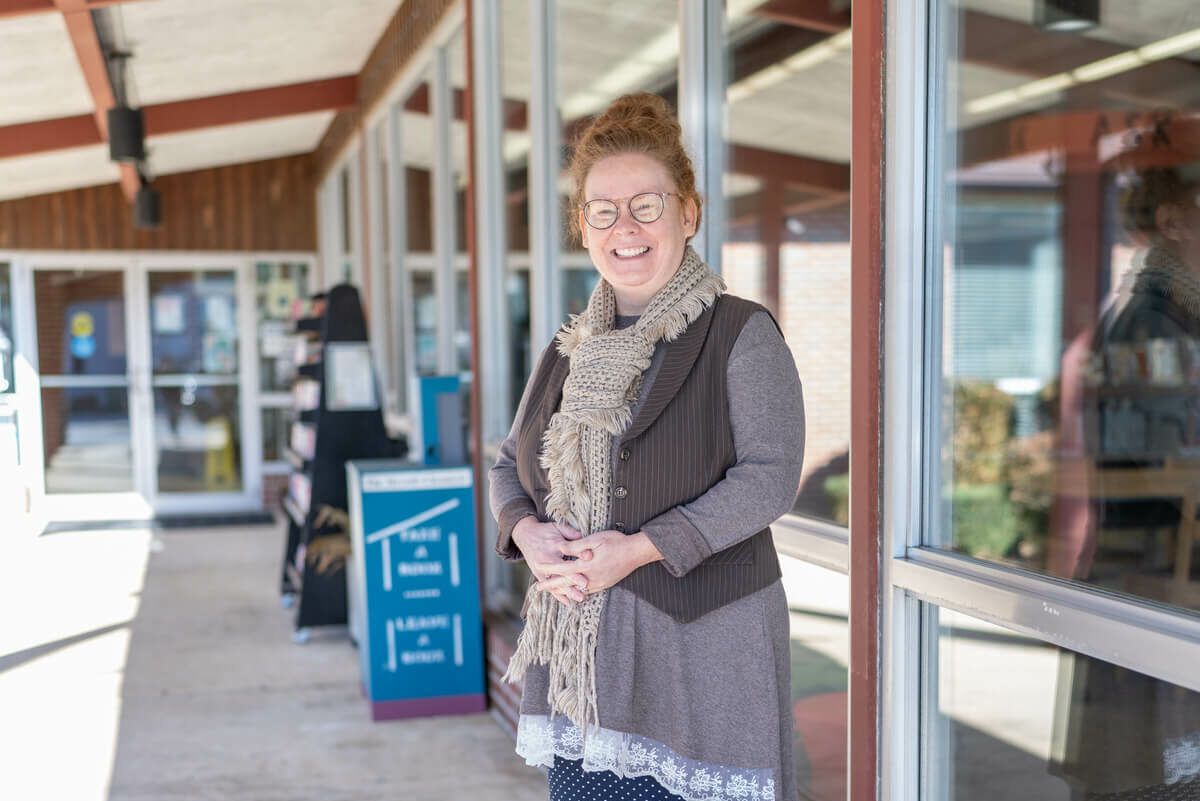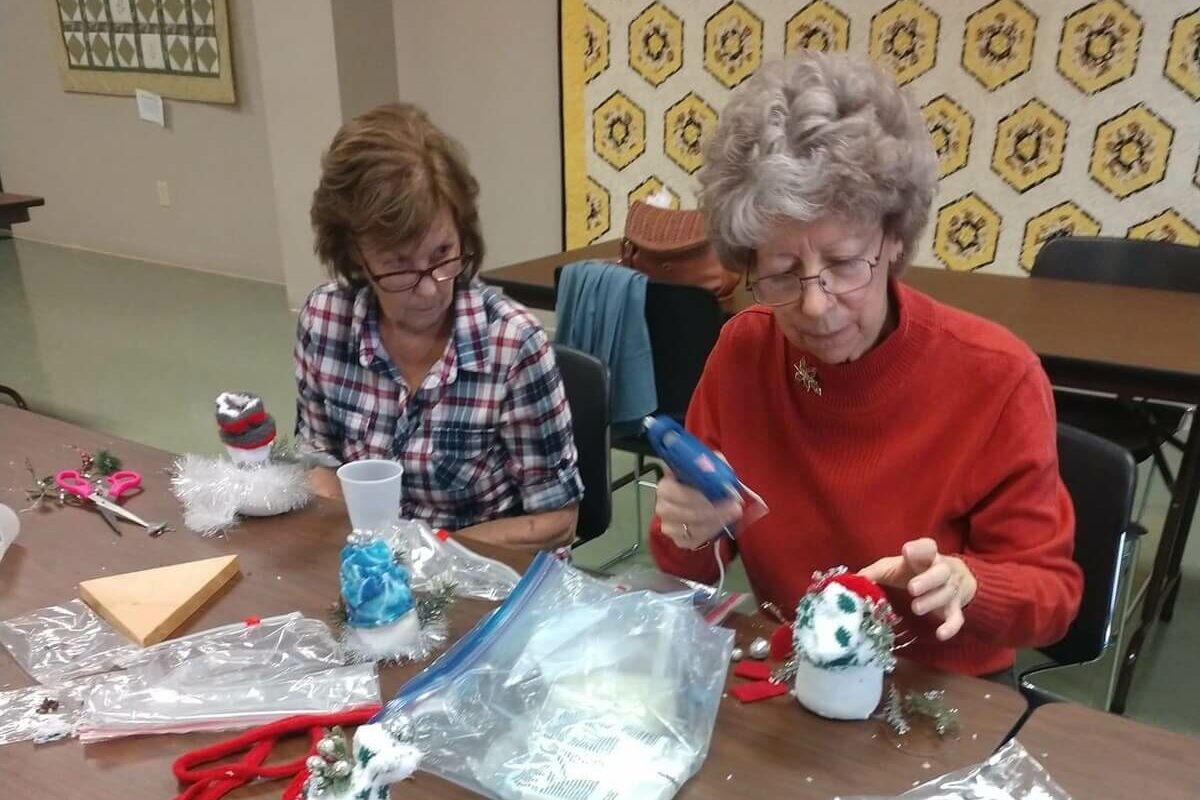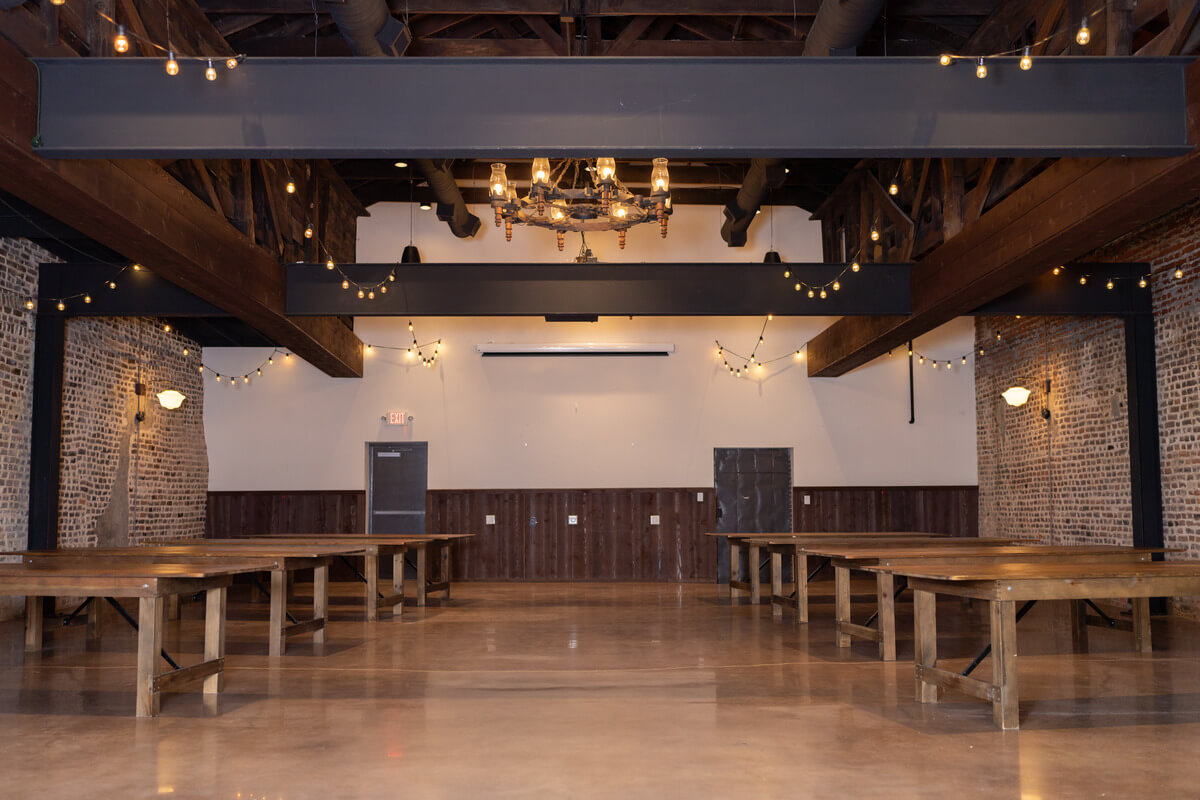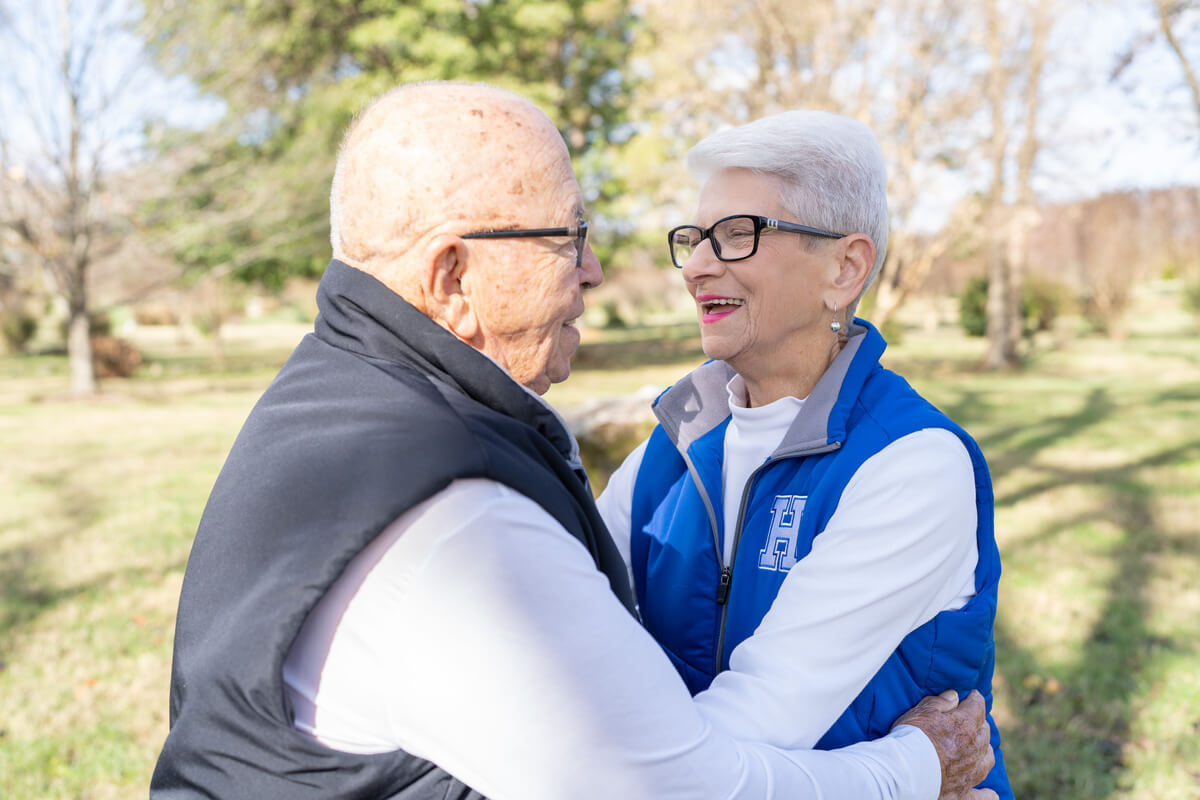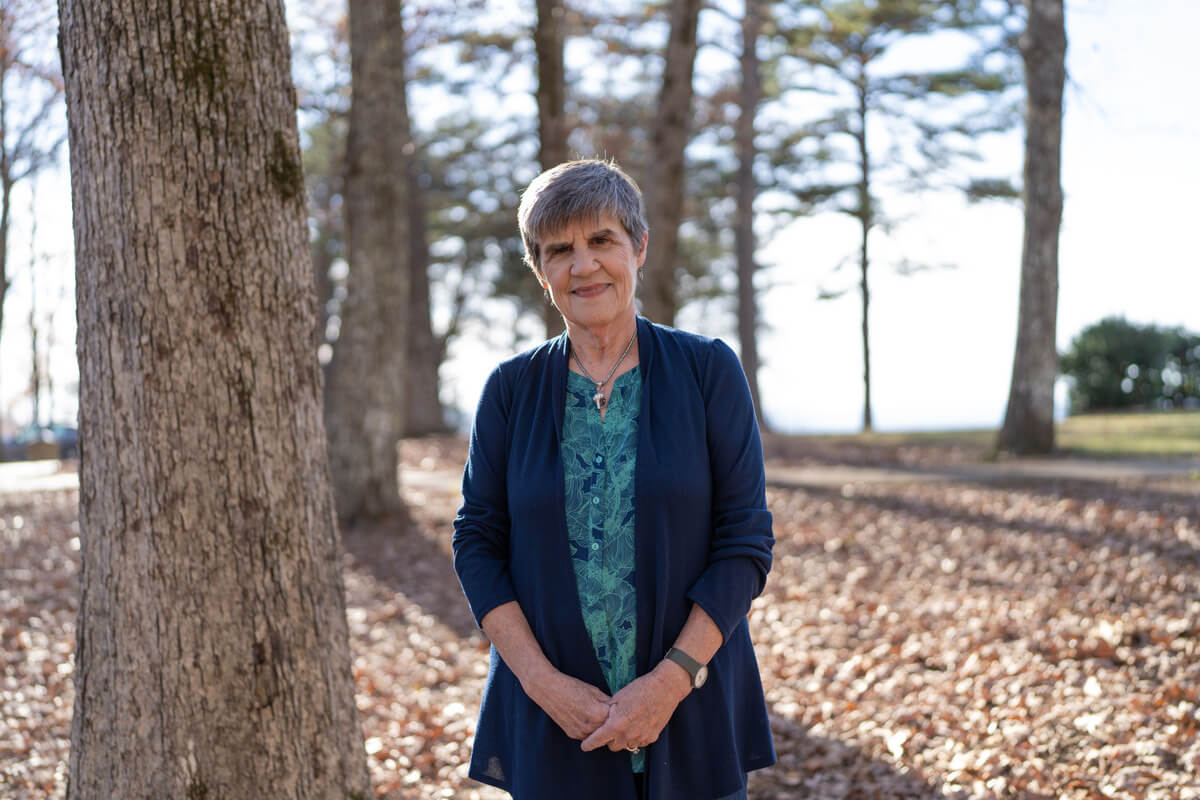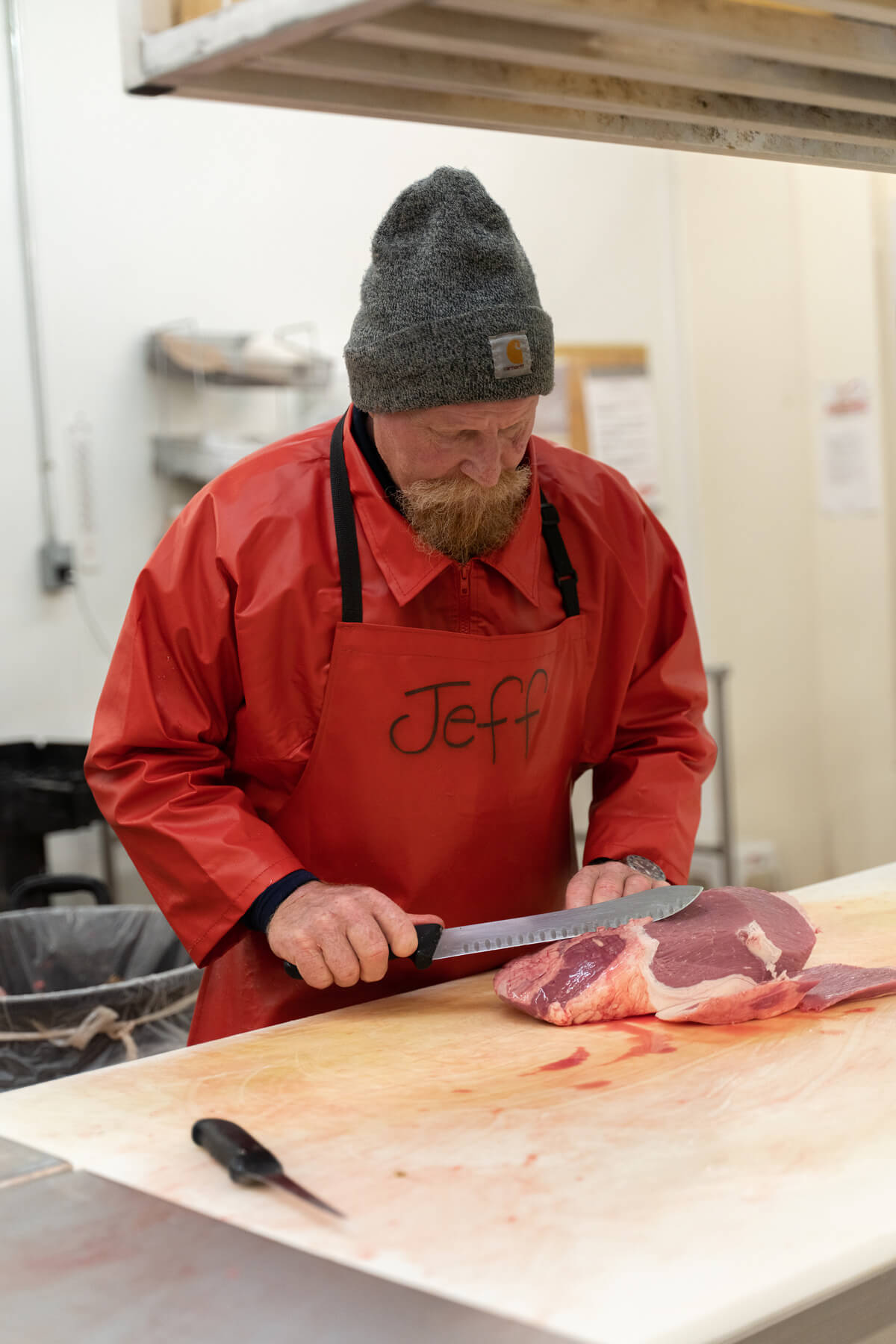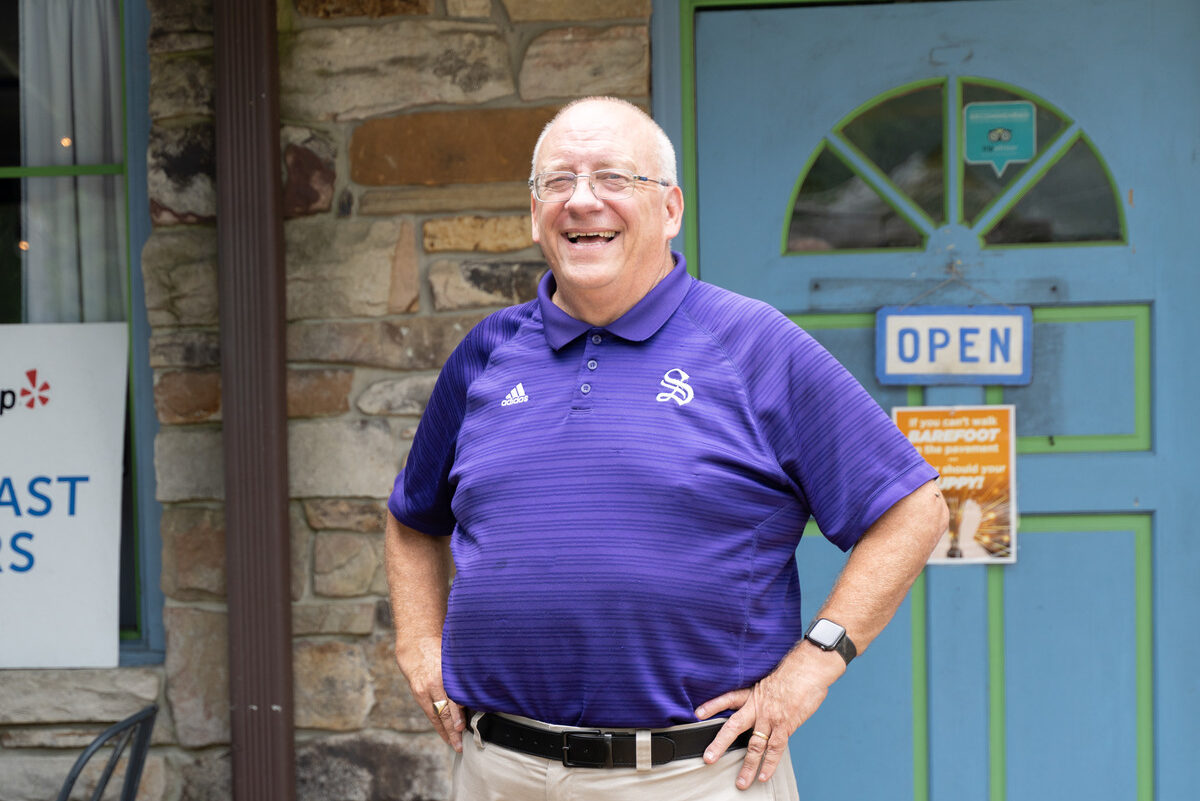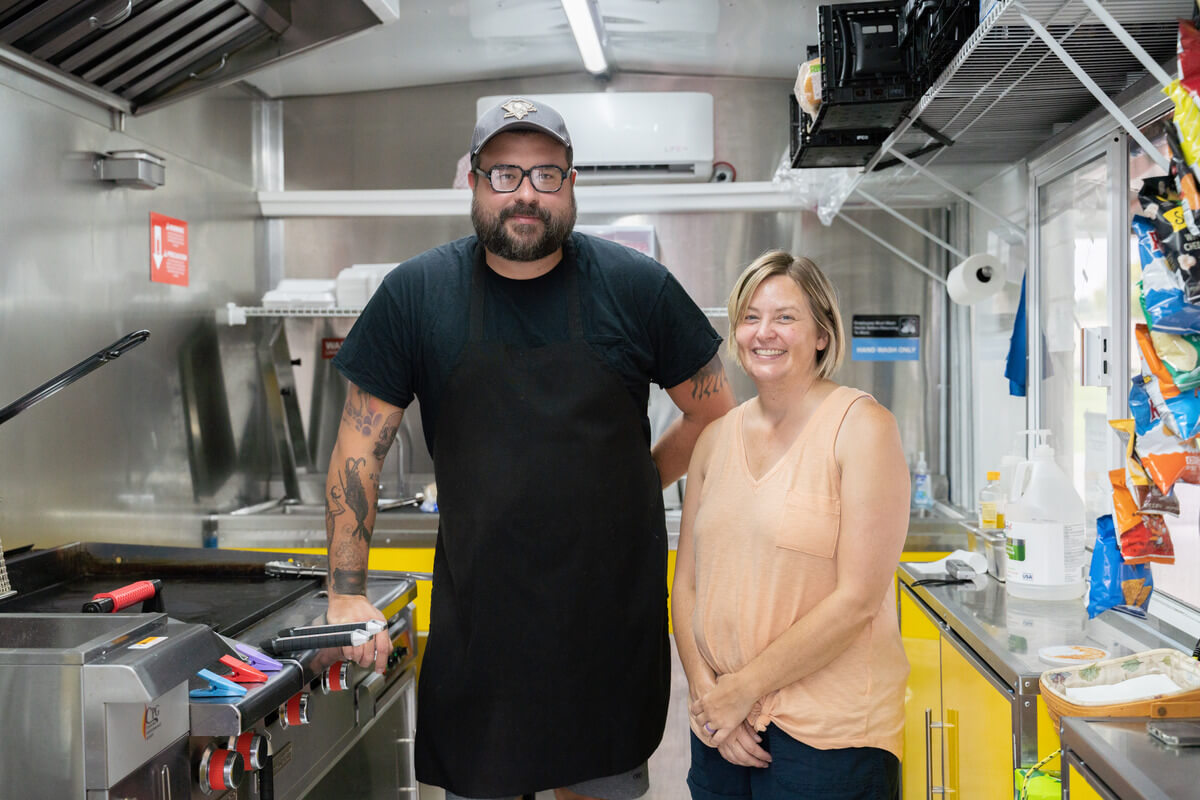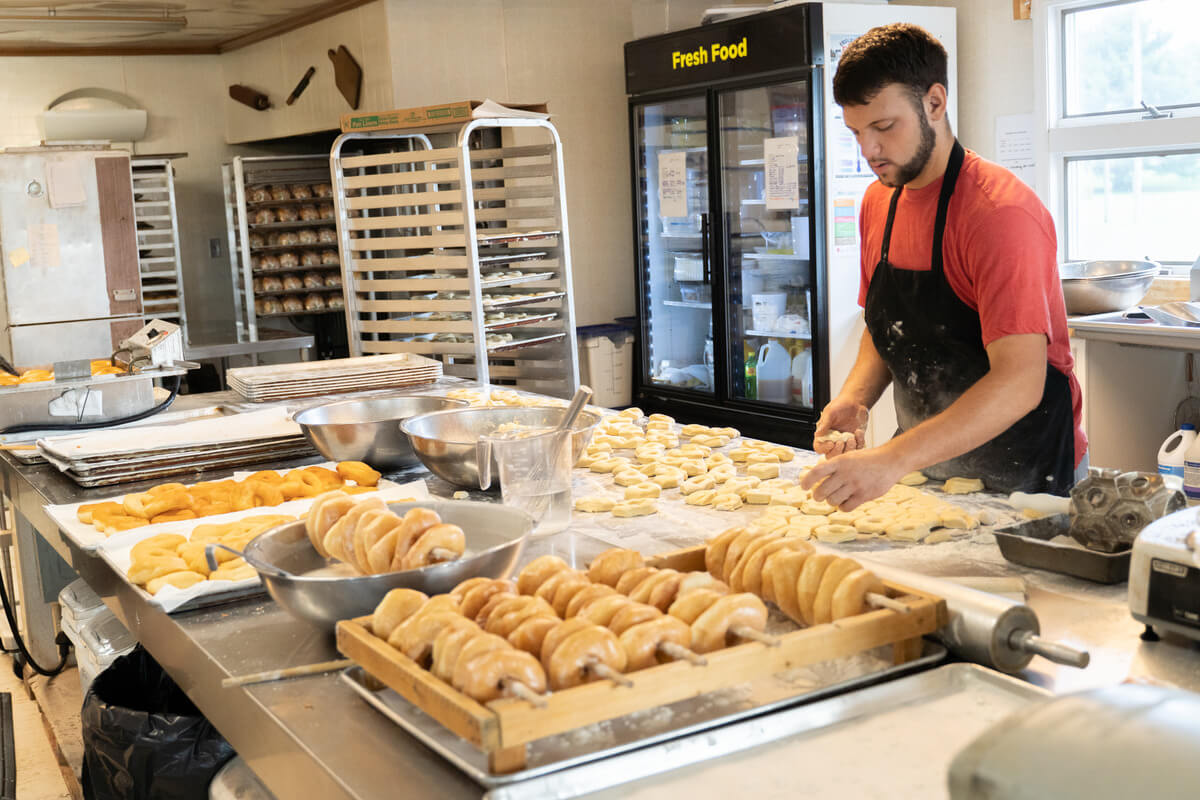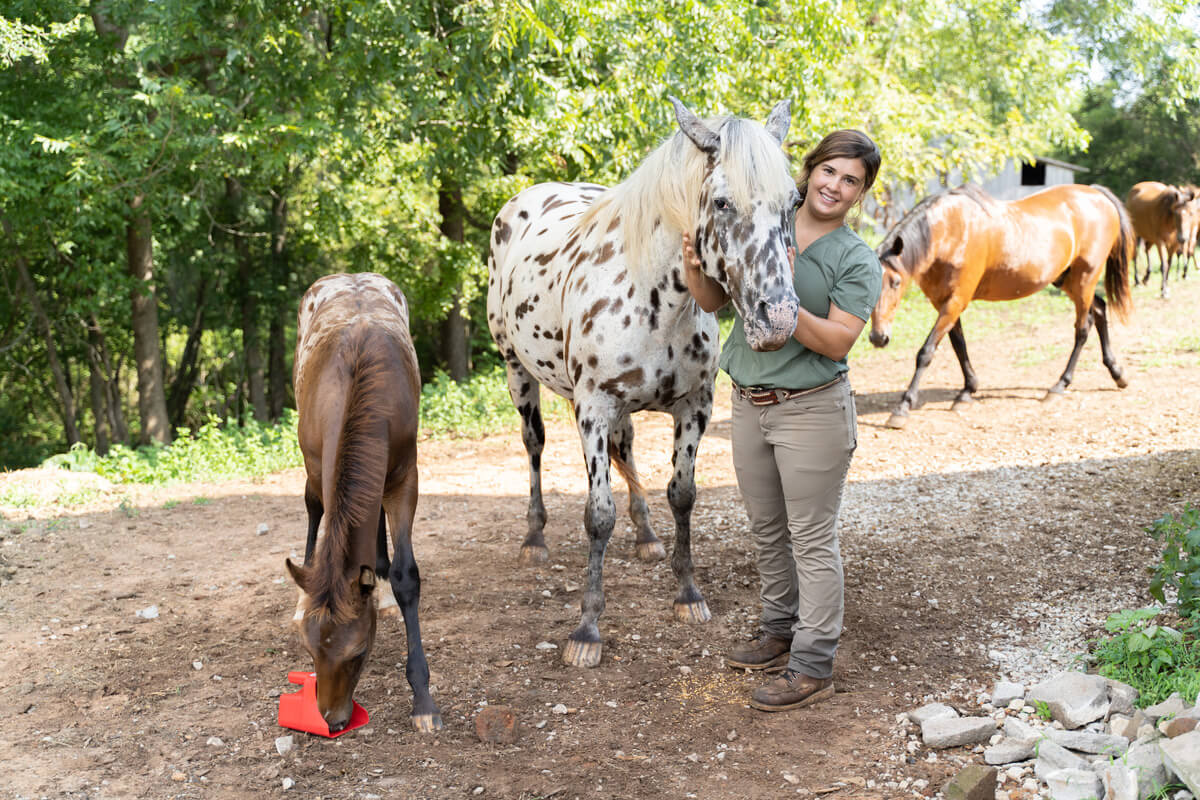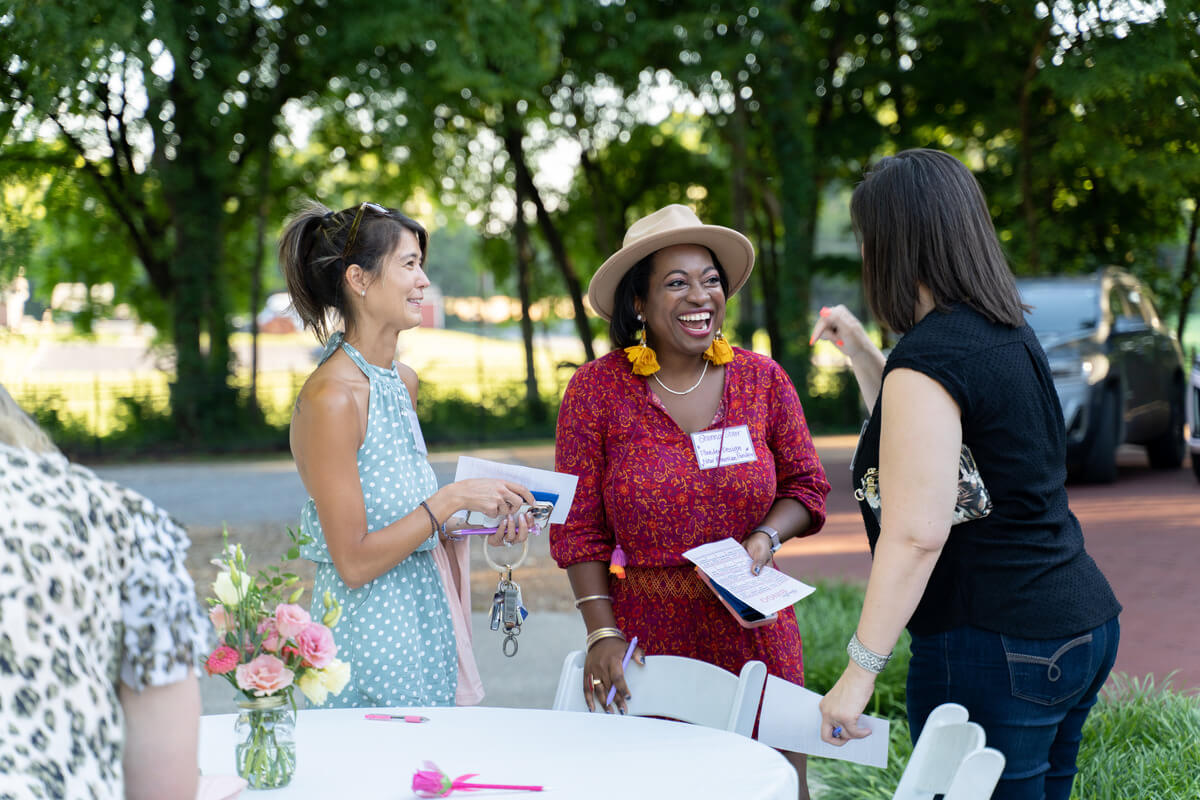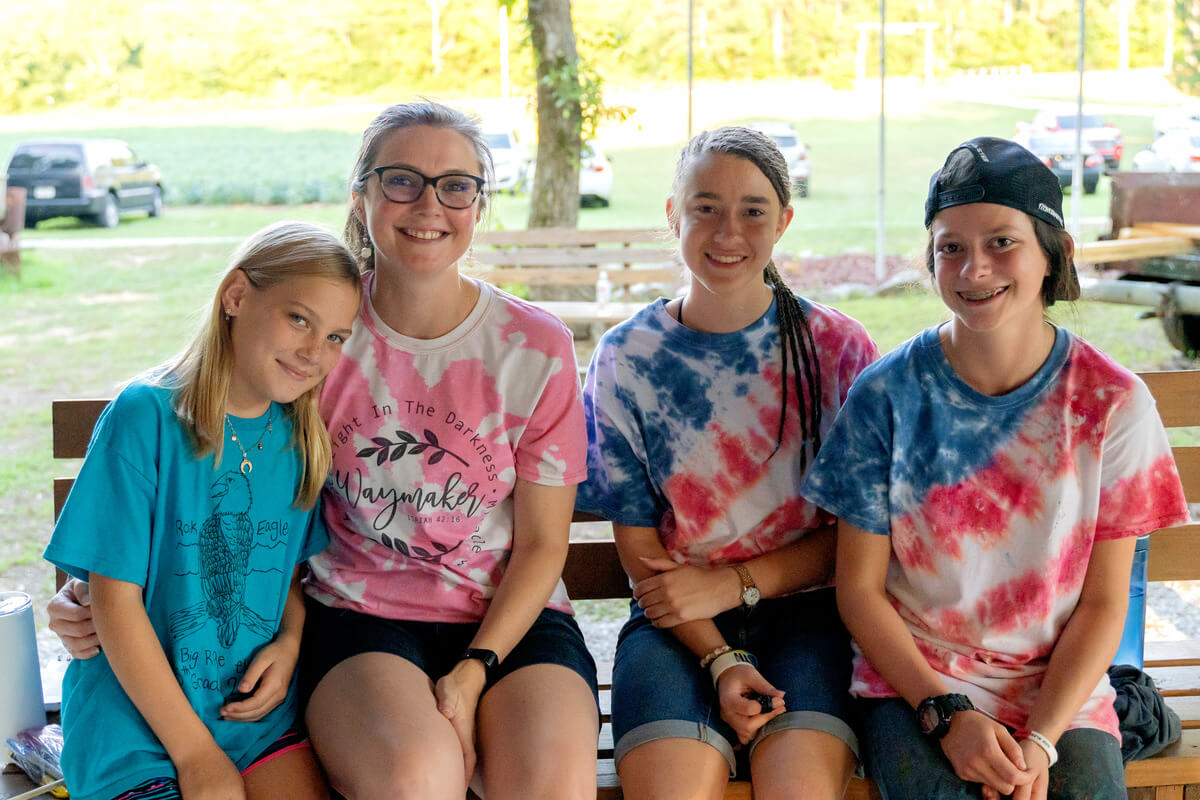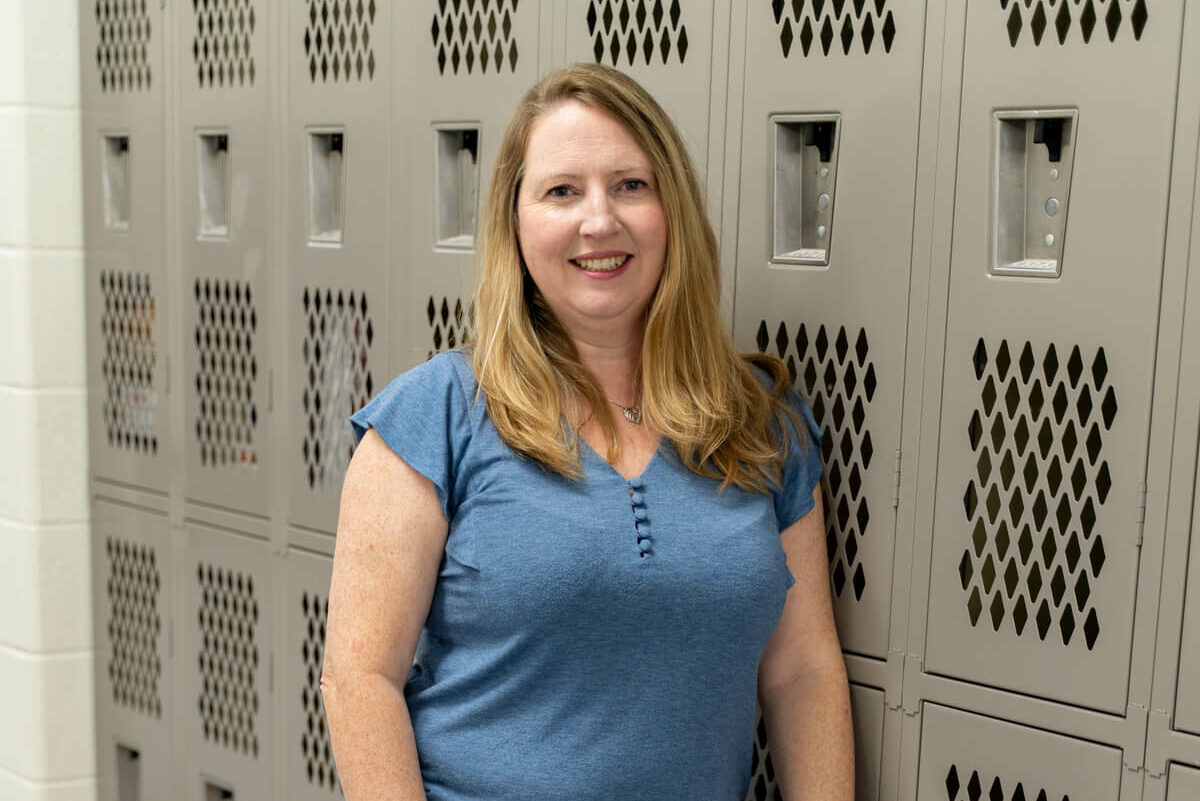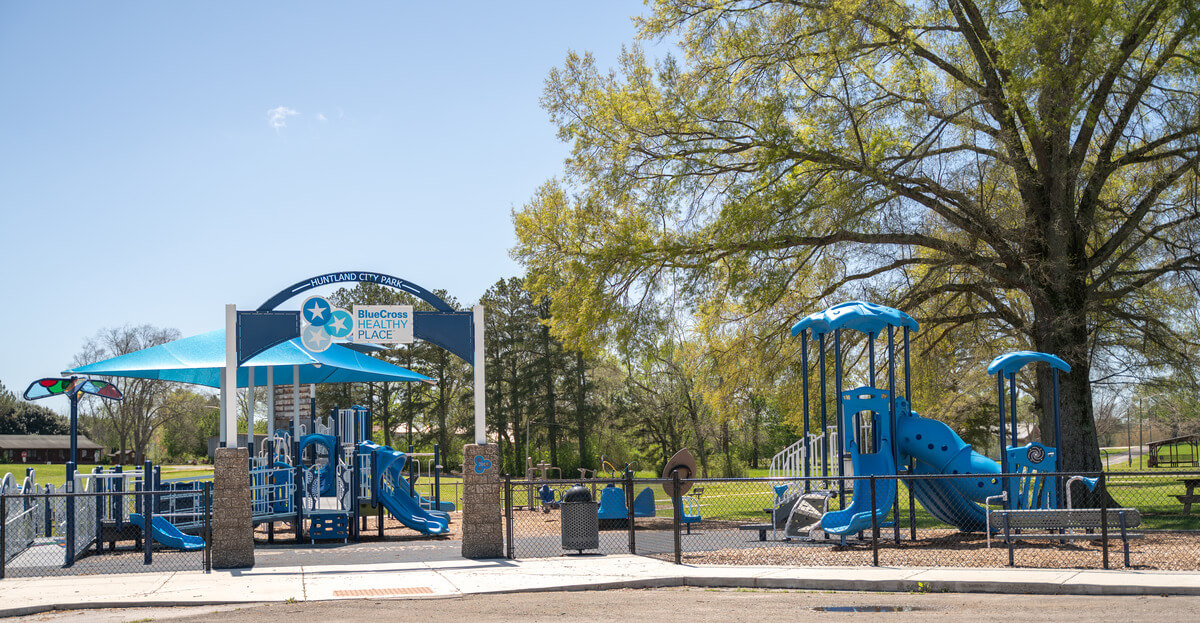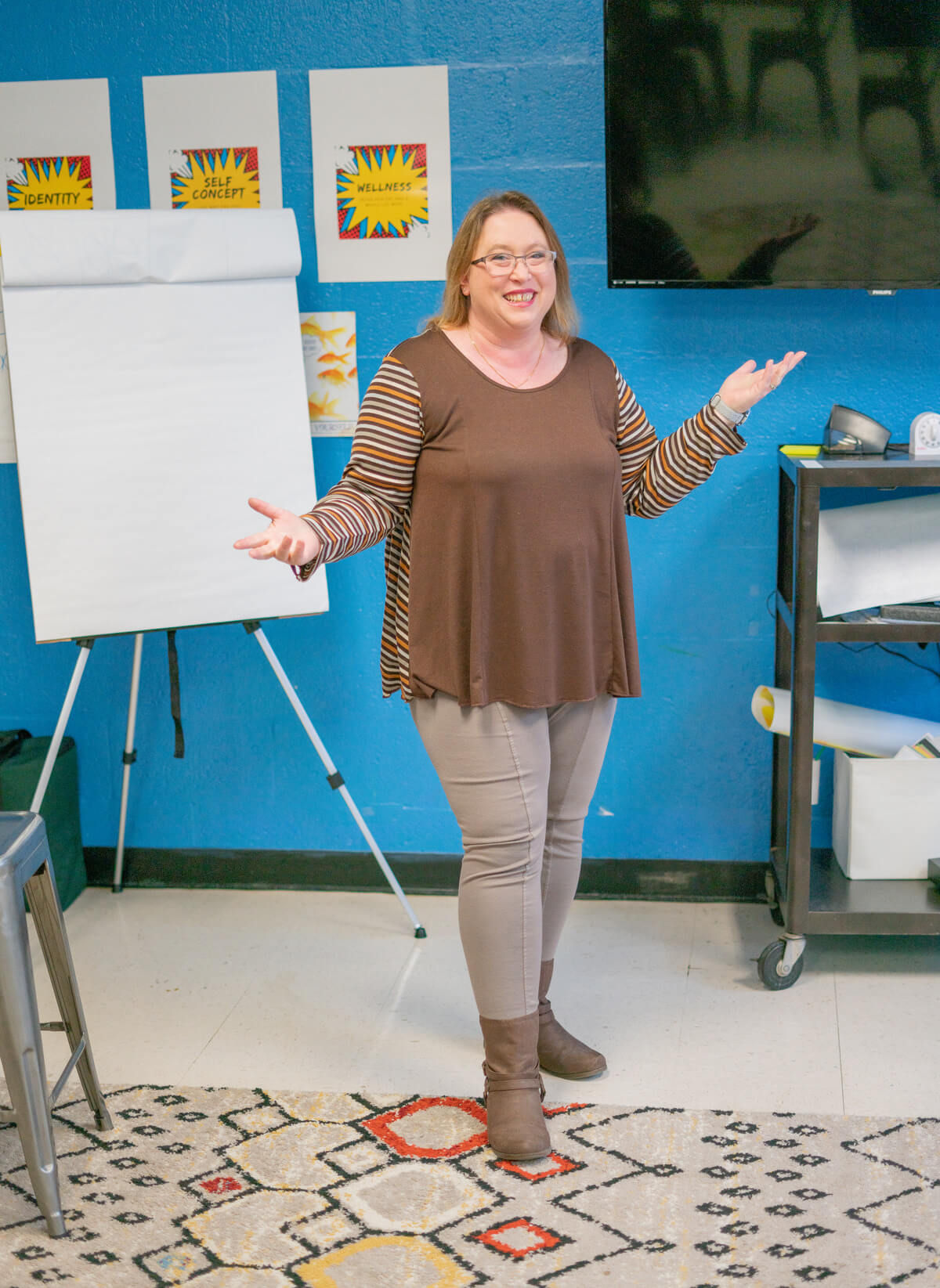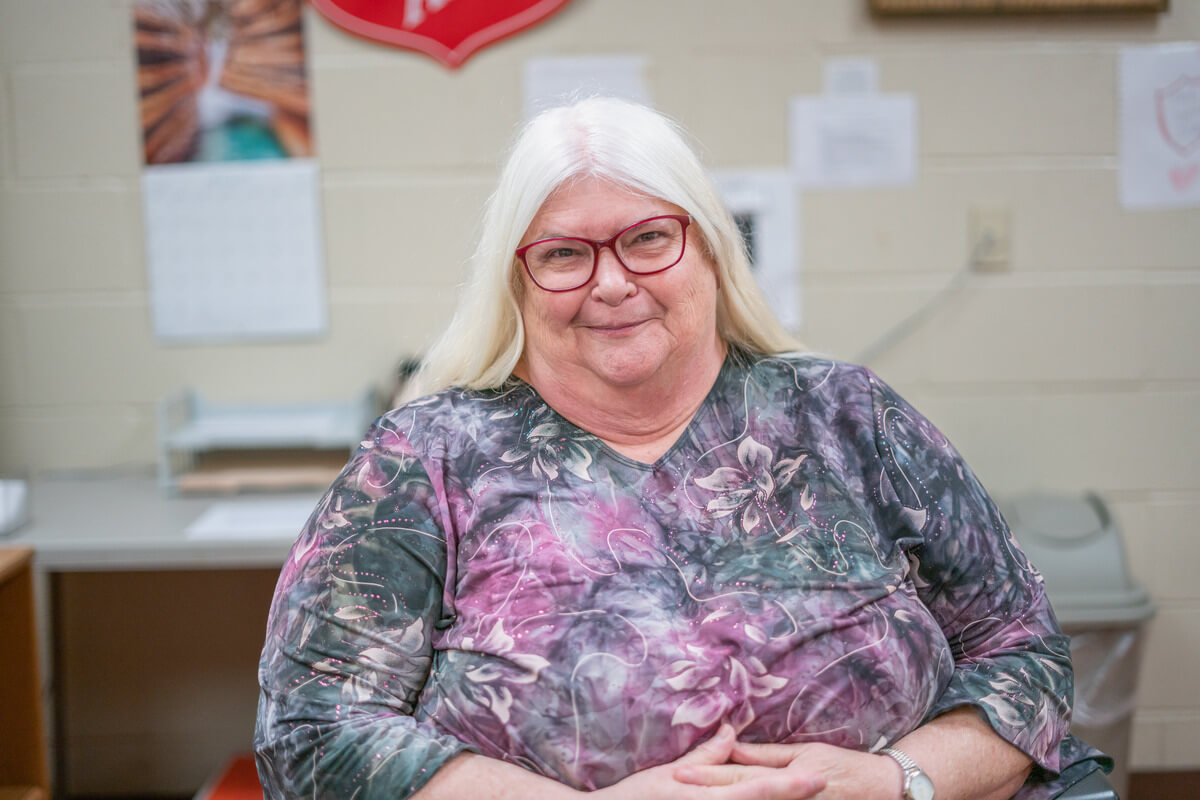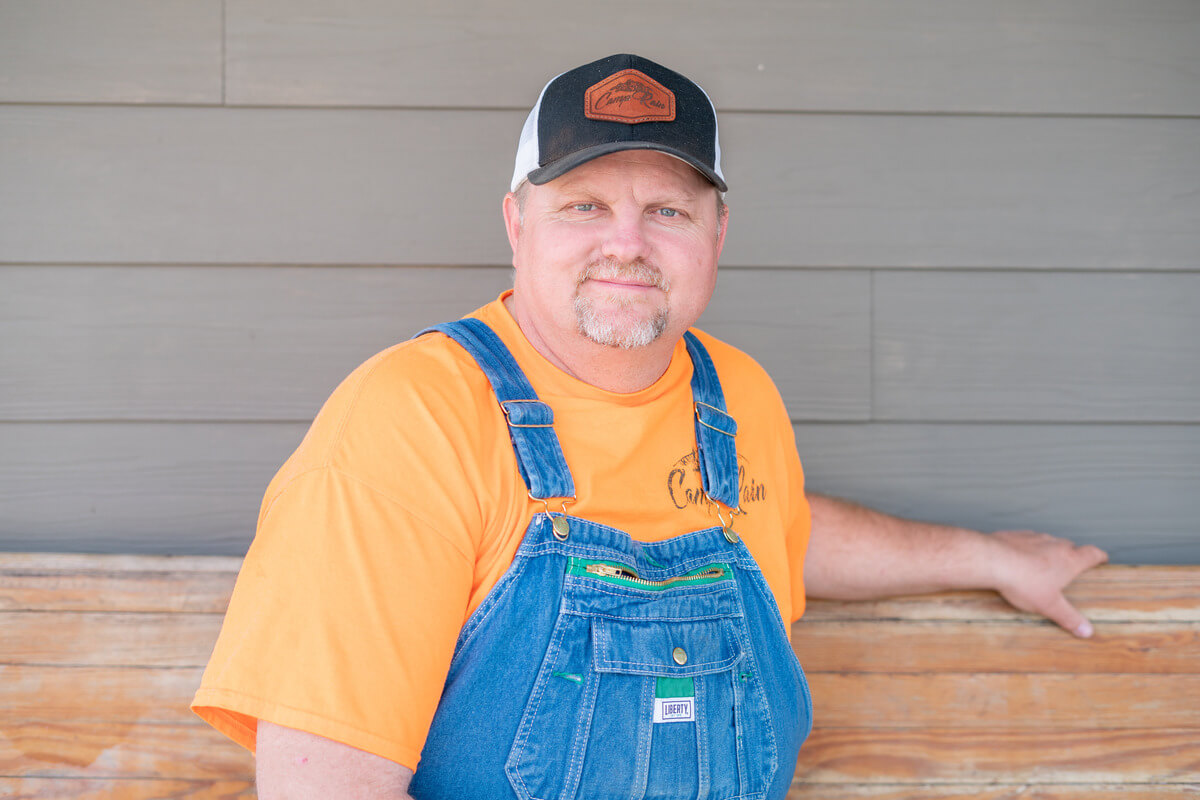Α NEW DOG, we imagine, would be a wonderful addition to our homes. We immediately picture wet kisses and cold evening cuddles. We see the perfect spot for his bed in the living room corner and envision long walks on autumn days, enjoying the turning leaves and cooler temperatures. We won’t be able to keep up with all the responses to the darling Facebook posts of our selfies together.
Not long after the ink has dried on the adoption papers, reality settles in. Dog hair falls faster than rain. The perfect bed has yet to be slept in and is now home to random shoes and toys. Letting the dog out in the wee hours of the morning and cleaning up accidents has grown old. Forget the selfies – who’s got time for that?
It’s a cycle Animal Harbor knows much too well.
Director Emily Holland said, “We have a ratio of about 20 animals coming in for every one animal going out locally, so the demand is much higher for surrendering animals here, than it is for adopting them.

People often surrender their pets or return adopted dogs due to behavioral issues. However, the poor behavior is often attributable to their length of stay in shelters and lack of enrichment and training in the home. Holland explained, “Dogs are here longer than we would want. When they’re not mentally stimulated and restricted from their tendency to be natural explorers of the world or just given the freedom to ‘be a dog,’ they appear to be acting badly. They sometimes develop undesirable shelter behaviors such as barrier aggression or reluctance to connect with a human, which slows the adoption.”
But a new training program has reached its first milestone. The Anne Giles Canine Enrichment Program now has an agility course and a trainer.
The current foster-to-adopt process includes fostering a dog for a minimum of two weeks before adoption. In addition to in-home fostering, complimentary one-on-one training during the foster-to-adopt process will enhance the opportunity for success for both the dog and the adoptive family.
Holland said, “The driving force and motivation for us to have this program up and running is to positively impact the low adoption rates and the shelter animals’ mental distress and all that comes with it. It’s definitely a domino effect. It is important to stop the cycle and let our adopters know that they aren’t in this adoption process alone. We want every adoption to be a success, and we consider each and every animal and human that comes through our doors as a part of the Harbor family.”
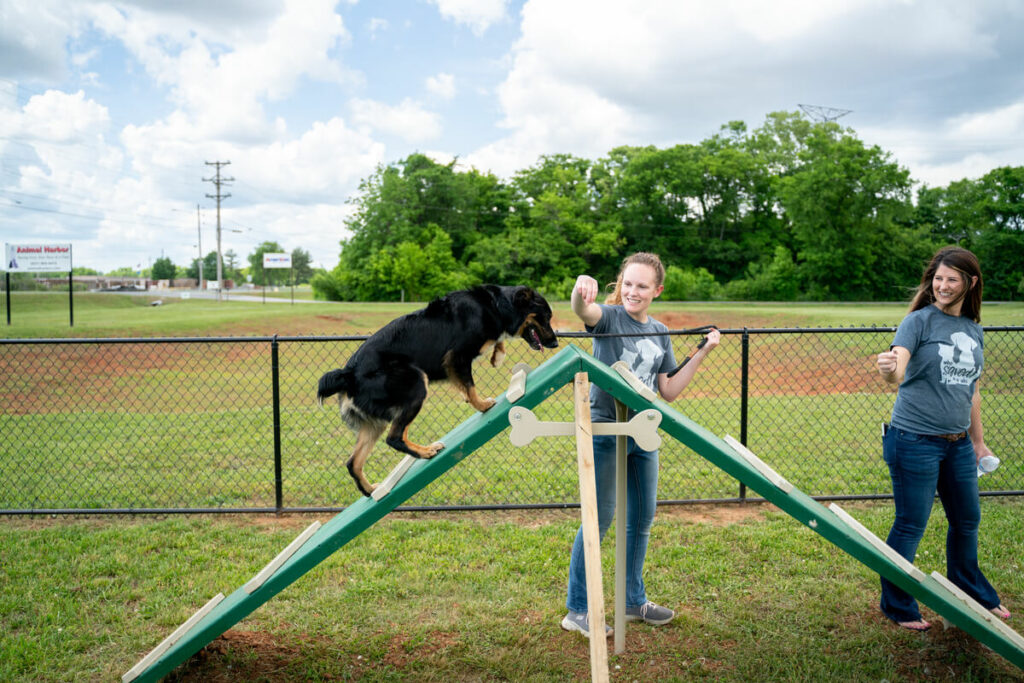
The other way to further decrease the number of animals needing to be rehomed is to increase the number of community spay and neuter procedures through our Spay and Neuter Assistance Program (SNAP). It’s financially feasible, thanks to funds that have been made available to the shelter. For qualifying low-income families they are free at this time thanks to grants from The Bissell Pet Foundation and The Templeton Foundation.
The shelter is home to both dogs and cats. With local adoption rates so low, Animal Harbor utilizes transport/rescue to rescue programs and has a Northern adoption program to enable life-saving adoptions. Animal Harbor partners with Bissell Pet Foundation, Rescue Riders Pet Transport, and about a dozen other foster-based Northern rescues, to offer adoptions in other states. Adoptable animals are less plentiful in these states, and resources are more readily available than in our local demographic. The shelter population would be even worse without this resource, and animals would be subject to grave mental decline residing in the shelter for months to even years at a time.
“From the last monthly activity report, six animals were moved through adoption locally, and then 20 moved through transport, so overall it’s a really big statistical difference. While that sounds like a lot of lives saved and moved out of the shelter, the kennel space was reoccupied within only two weeks! We have to transport to save lives because we don’t euthanize for space, and the local demand to surrender animals is higher than we have seen in years. We would be sitting at capacity without anything moving for months, sometimes up to a year, if we didn’t transport to other areas,” said Holland.
Donations are always needed. Financial contributions assist with costs of operation and vet services. In addition to monetary donations, puppy food, kitten food, clumping cat litter, and cleaning supplies are always greatly needed. However, donations of adult dog food are not needed, although it is the first thought of shelter-related donations. A partnership with a food bank out of Chattanooga provides the shelter with high-quality, low-priced dog food.
The shelter cycle can be positively changed by the new training program, by increased participation in local adoptions, by spaying and neutering, and through your donations. Let’s make repeat owner surrenders and returned adoptions a thing of the past, move forward with a more positive local adoption program, and make Franklin County a better place to live for companion animals. GN

